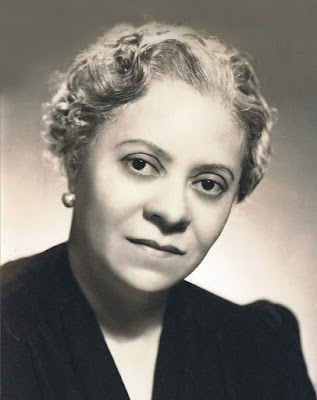Florence Price (1887–1953)
Florence Price was born Florence Beatrice Smith in Little Rock, Arkansas, where her father was the only African American dentist in town. Her mother was a music teacher and gave Florence her early musical education. She was then able to enter the New England Conservatory of Music in 1902. After graduating, she taught music briefly in Little Rock and at an HBCU in Atlanta, but her career did not blossom until she and her husband escaped the South and moved to Chicago, where she continued to study music and began composing.

In 1932, Florence Price completed her first symphony, which was performed by the Chicago Symphony Orchestra. This accomplishment made Florence Price the Black woman to have a composition played by a major American orchestra. The first movement is reminiscent of Dvořák’s Symphony for the New World (1893), which used Native American melodies and was influential in demonstrating to many early African American composers that it was possible to incorporate American music within the European symphonic tradition. The third movement of Price’s Symphony No. 1 is a Juba Dance and includes African drums and a slide whistle.
Florence Price created an impressive body of work, including four symphonies, violin and piano concertos, orchestral suites (several with Black themes), chamber music (including two string quartets), piano music, organ music, choral music, songs, and arrangements of spirituals, some of which were performed by Marian Anderson.
There has been increasing interest in Florence Price’s music in recent years, with a corresponding increase in performances. The video is Florence Price’s Piano Concerto in One Movement (1932–34), which does indeed consist of one continuous movement, but it is divided internally into several sections with a rather traditional dramatic arc: a slow introduction leading to an expansive first movement, a central slow movement, and concluding with a rollicking Juba dance.
Florence Price’s four piano works entitled Fantasie Nègre date mostly from 1932, but the first was originally entitled Negro Fantasy in 1929, and the fourth was later revised several times. In this video, pianist Samantha Ege performs the fascinating original version of Fantasie Nègre No.4 in B Minor.